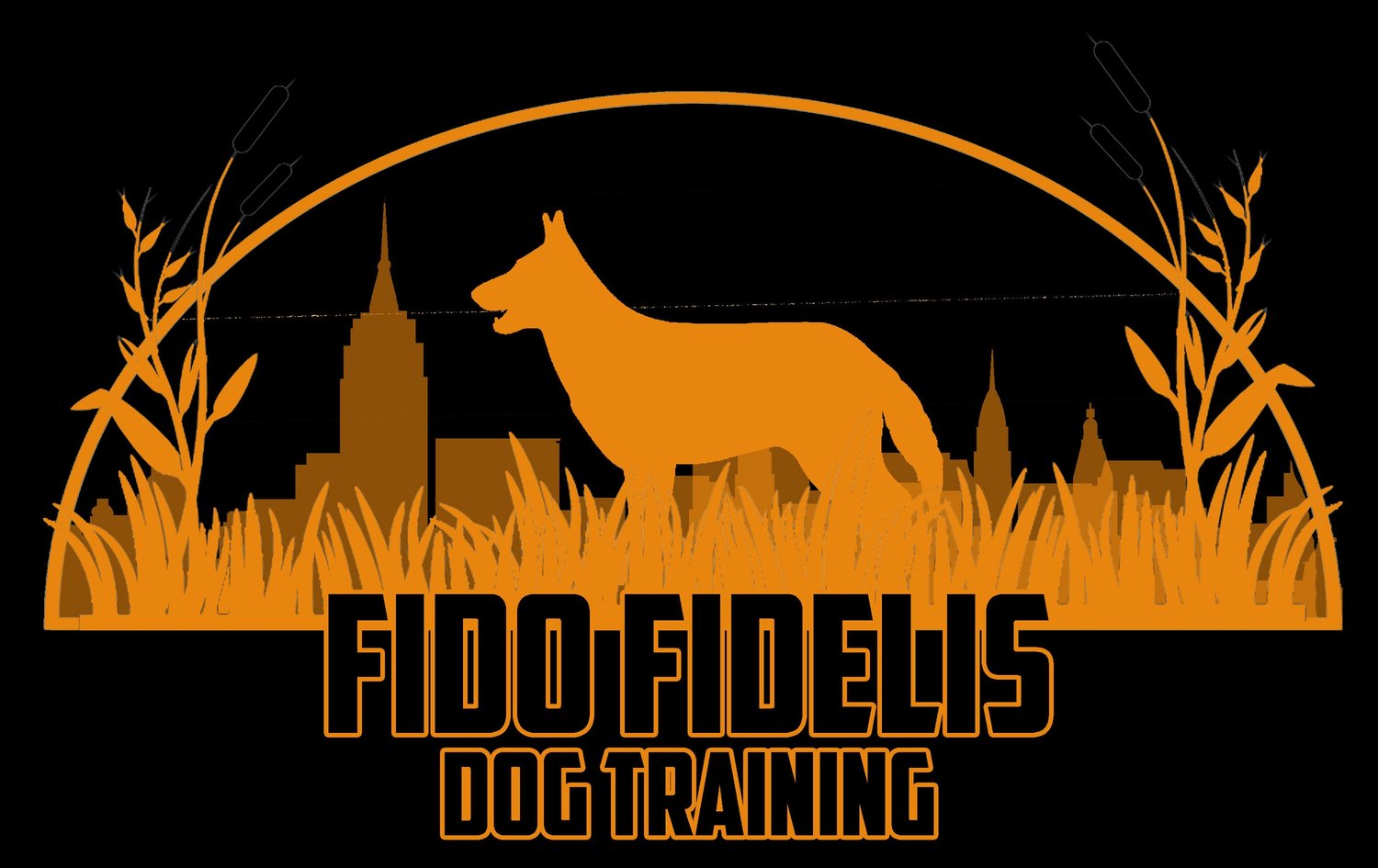When it comes to dog training, there are many different options available. Two popular choices are board and train programs and one on one training programs. Board and train programs involve sending your dog away to a training facility, where they will receive training from a professional trainer. One on one training programs involve working directly with a trainer to develop a training plan tailored to your dog's individual needs. Both options have their benefits, but how do you know which one is right for you and your dog? In this blog post, we'll explore some factors to consider when choosing between a board and train program or a one on one training program.
Consider Your Schedule and Availability
One of the first things to consider when deciding between a board and train program or a one on one training program is your schedule and availability. Board and train programs are a good option if you have a busy schedule or are unable to commit to regular training sessions. In a board and train program, your dog will receive training while you go about your daily life, which can be convenient for some people. On the other hand, one on one training programs require you to be available for regular training sessions, which may not be feasible for everyone.
Consider Your Dog's Personality and Needs
Another important factor to consider is your dog's personality and needs. Some dogs may do well in a board and train program, where they can receive intensive training in a structured environment. Other dogs may do better in a one on one training program, where they can receive individual attention and a training plan tailored specifically to their needs. Additionally, some dogs may have specific behavioral issues that require more intensive training, which may be better suited for a board and train program.
Consider Your Budget
Finally, it's important to consider your budget when choosing between a board and train program or a one on one training program. Board and train programs can be more expensive than one on one training programs, as they often include the cost of boarding your dog as well as the cost of training. One on one training programs may be more affordable, but it's important to ensure that you're working with a qualified and experienced trainer who can provide effective training for your dog.
Choosing between a board and train program or a one on one training program depends on your individual needs, your dog's personality and needs, and your budget. Consider your schedule and availability, your dog's personality and needs, and your budget when making your decision. Ultimately, the goal of any training program is to provide your dog with effective training that helps them to become a well-behaved and happy member of your family.
